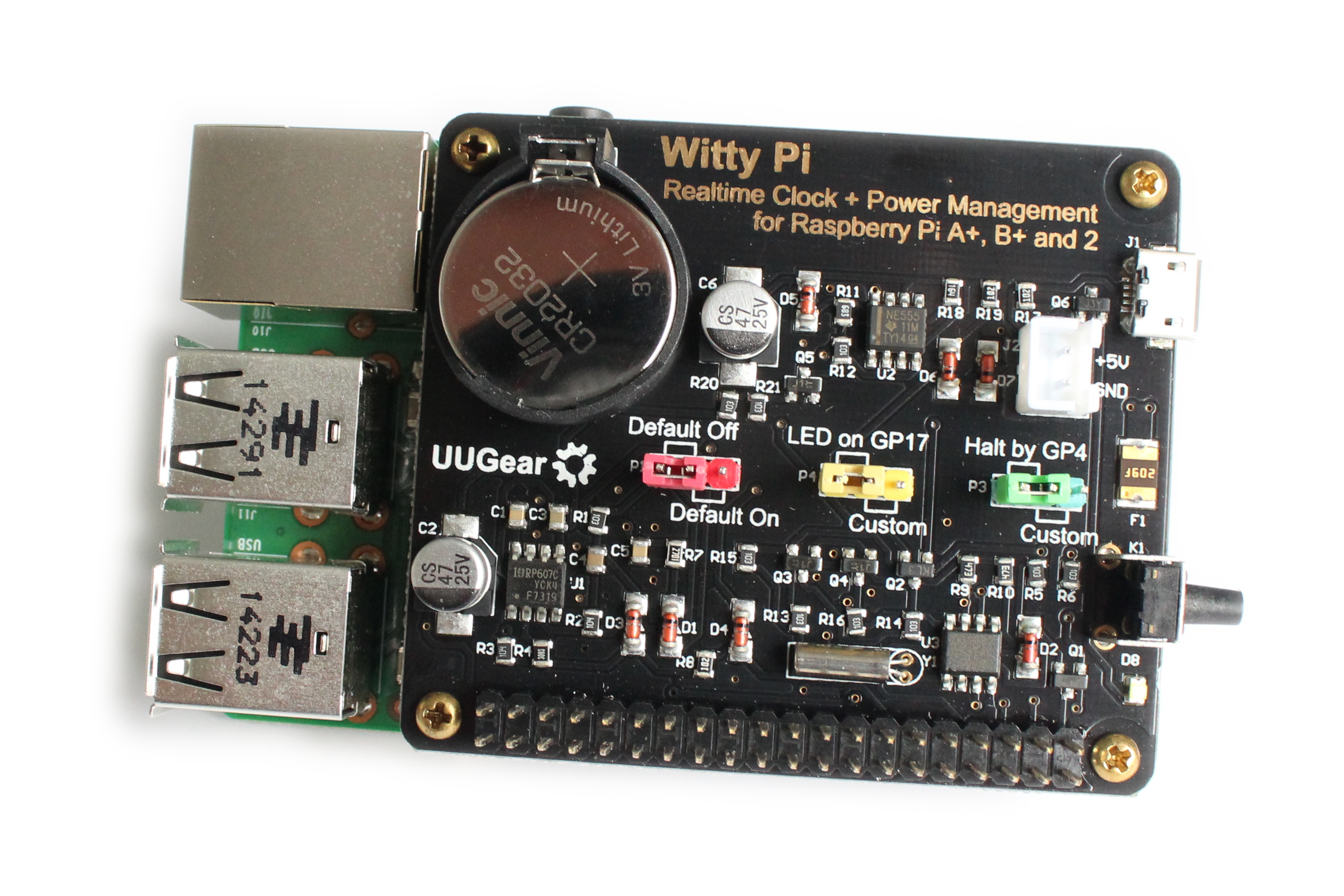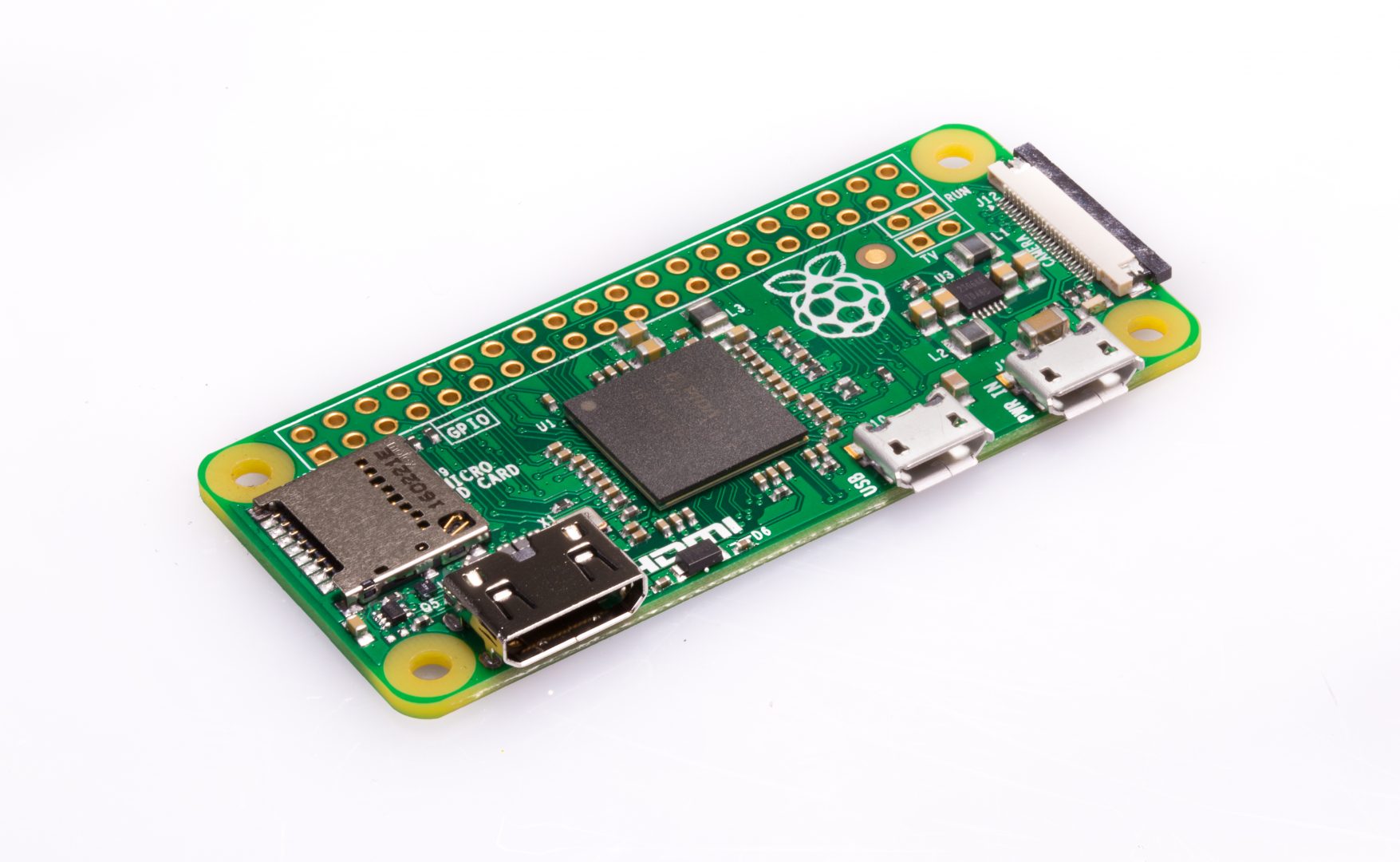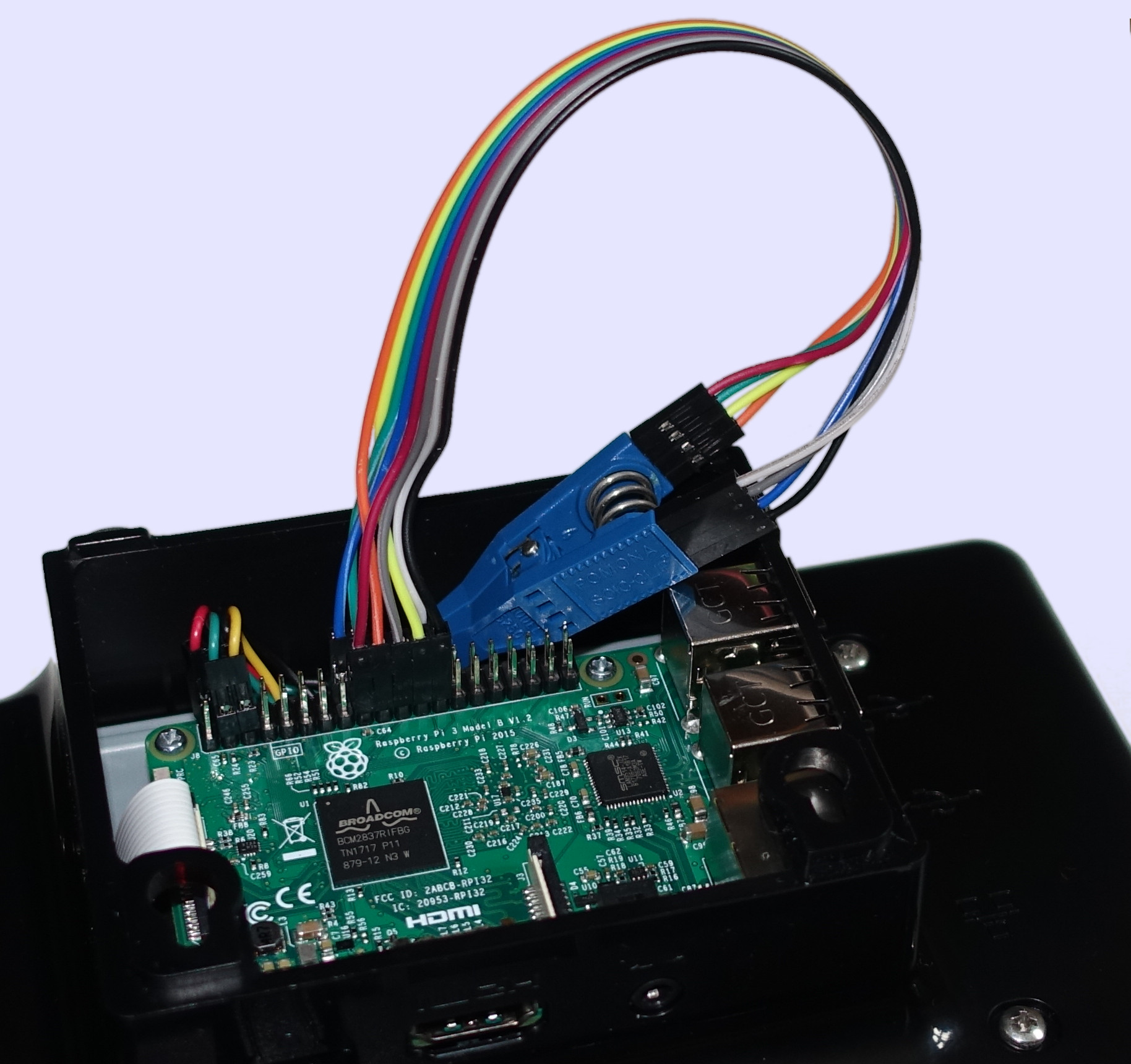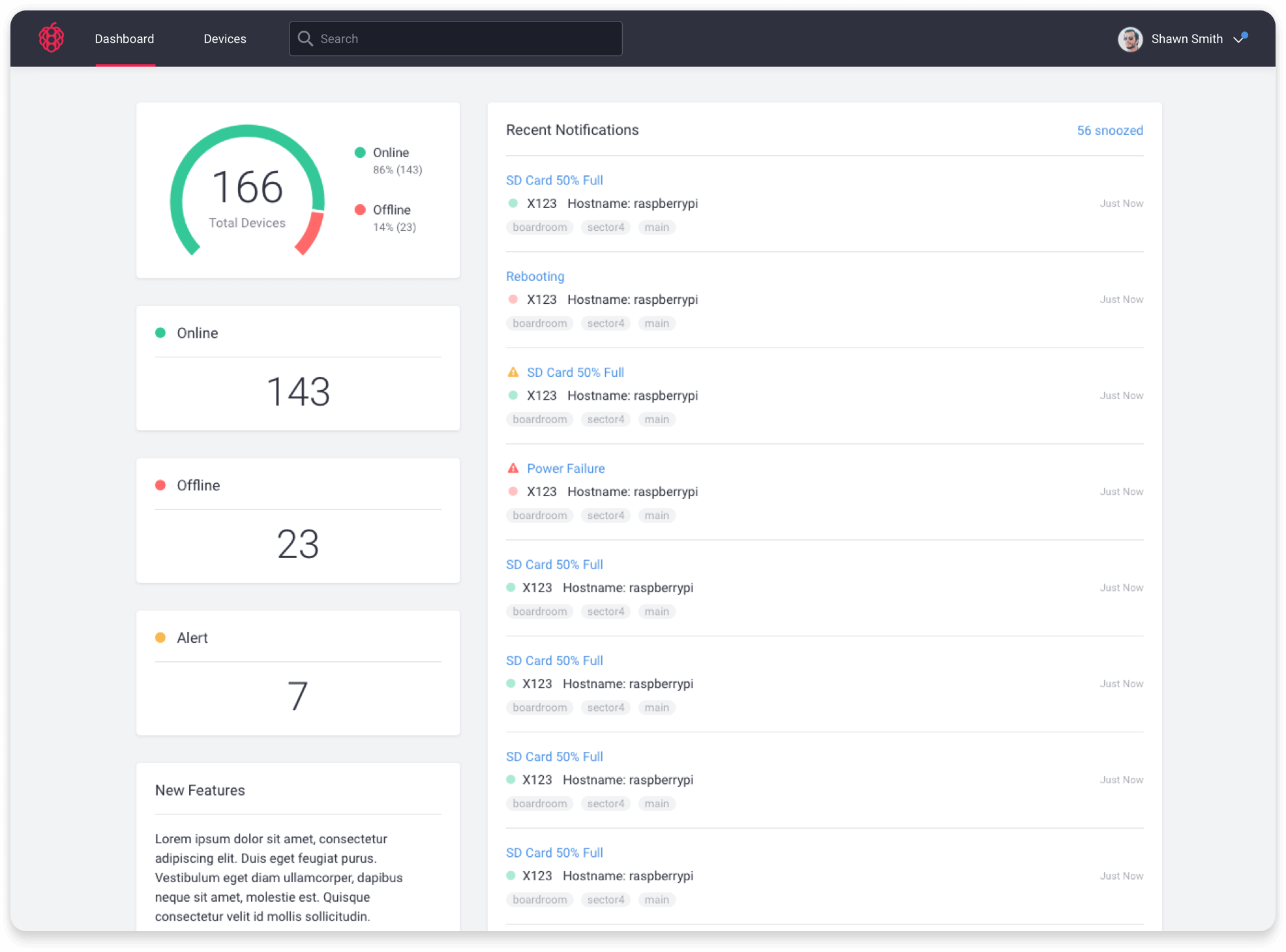Mastering The Management Of Raspberry Pi Remotely With RemoteIoT Management Platform
Listen up, tech enthusiasts! If you’ve been dabbling in the world of Raspberry Pi, you know how powerful and versatile this little device can be. But let’s face it—managing your Raspberry Pi remotely has always been a bit of a headache, hasn’t it? Enter the RemoteIoT Management Platform, your new best friend when it comes to simplifying and streamlining remote management. Whether you’re running a home automation system, IoT projects, or even a small server, this platform is here to save the day. So, buckle up and let’s dive into why mastering the management of Raspberry Pi remotely with RemoteIoT is a game-changer.
Remote management of Raspberry Pi isn’t just about convenience—it’s about efficiency. Imagine being able to monitor, update, and troubleshoot your Pi from anywhere in the world, without the hassle of complex configurations or expensive tools. The RemoteIoT Management Platform makes this dream a reality. It’s not just another tech tool; it’s your gateway to seamless control over your projects, no matter where you are. Let’s explore how this platform can revolutionize the way you interact with your Raspberry Pi.
Now, I know what you’re thinking—“Is it really worth the effort?” Trust me, it is. From reducing downtime to improving security and performance, the RemoteIoT Management Platform offers a suite of features that cater to both beginners and advanced users. Whether you’re a hobbyist tinkering with Raspberry Pi or a professional managing large-scale IoT deployments, this platform has got your back. So, are you ready to unlock the full potential of your Raspberry Pi? Let’s get started!
Read also:Georgia Tech Students Heres How You Can Ace Booking A Room Like A Pro
Understanding the Basics of Raspberry Pi Remote Management
Before we dive deep into the RemoteIoT Management Platform, let’s break down the basics of remote management for Raspberry Pi. Managing a Raspberry Pi remotely involves accessing and controlling the device from a different location, whether it’s across the room or across the globe. This process typically requires a stable internet connection and the right tools to ensure secure and efficient communication between your device and the Pi.
One of the most common methods for remote management is SSH (Secure Shell), which allows you to connect to your Raspberry Pi via the command line. However, SSH alone can be limiting, especially for users who prefer a more user-friendly interface. This is where platforms like RemoteIoT come into play, offering a graphical dashboard that simplifies the entire process. With features like file transfer, system monitoring, and real-time updates, RemoteIoT takes remote management to the next level.
Why Choose RemoteIoT for Raspberry Pi Management?
Alright, so you’ve got options—why should you choose RemoteIoT over other remote management solutions? First off, RemoteIoT is designed specifically with Raspberry Pi and IoT devices in mind. Unlike generic remote access tools, this platform offers tailored features that cater to the unique needs of Raspberry Pi users. Here’s a quick rundown of what makes RemoteIoT stand out:
- Easy Setup: No need for complicated configurations or technical expertise. RemoteIoT is beginner-friendly and gets you up and running in no time.
- Comprehensive Dashboard: Get a bird’s-eye view of your Raspberry Pi’s performance, including CPU usage, memory, and disk space—all from one intuitive interface.
- Security Features: With encryption and two-factor authentication, RemoteIoT ensures that your device remains protected from unauthorized access.
- Scalability: Whether you’re managing one Raspberry Pi or a fleet of devices, RemoteIoT grows with you, adapting to your needs.
Key Features of the RemoteIoT Management Platform
1. Real-Time Monitoring
One of the standout features of RemoteIoT is its real-time monitoring capabilities. This means you can keep an eye on your Raspberry Pi’s performance at all times, catching potential issues before they escalate. Whether it’s a spike in CPU usage or an unexpected drop in network connectivity, RemoteIoT alerts you instantly so you can take action.
2. Secure File Transfers
Transferring files to and from your Raspberry Pi has never been easier—or safer. RemoteIoT uses secure protocols to ensure that your data remains protected during transmission. Whether you’re uploading project files or downloading logs, you can rest assured that your information is in good hands.
3. Automated Updates
Who has time to manually update their Raspberry Pi’s software? RemoteIoT automates the entire process, ensuring that your device always runs the latest version of its operating system and applications. This not only improves performance but also enhances security by patching vulnerabilities as soon as they’re discovered.
Read also:Symeon Mooney The Rising Star Redefining Modern Music
Setting Up RemoteIoT for Your Raspberry Pi
Now that you know why RemoteIoT is the way to go, let’s talk about how to set it up. Don’t worry—it’s not as intimidating as it sounds. Here’s a step-by-step guide to help you get started:
- Download and Install: Head over to the RemoteIoT website and download the platform. Installation is a breeze, even for those who aren’t tech-savvy.
- Create an Account: Sign up for a free account to access the platform’s features. You’ll need to provide basic information, such as your email address and a password.
- Connect Your Raspberry Pi: Follow the on-screen instructions to connect your Pi to the RemoteIoT platform. This usually involves entering your device’s IP address and credentials.
- Start Managing: Once connected, you’re ready to start managing your Raspberry Pi remotely. From the dashboard, you can perform tasks like rebooting, updating, and monitoring your device.
Benefits of Remote Raspberry Pi Management
Managing your Raspberry Pi remotely comes with a host of benefits that make it a no-brainer for anyone serious about IoT projects. Here’s a closer look at what you stand to gain:
- Increased Productivity: With remote access, you can work on your projects from anywhere, eliminating the need to be physically present near your device.
- Cost Savings: By reducing downtime and improving efficiency, RemoteIoT helps you save money in the long run.
- Enhanced Security: Secure connections and regular updates ensure that your Raspberry Pi remains protected against threats.
- Flexibility: Whether you’re managing a single device or a network of IoT devices, RemoteIoT adapts to your needs, giving you the flexibility to scale as required.
Common Challenges in Raspberry Pi Remote Management
While remote management offers numerous advantages, it’s not without its challenges. Some common issues users face include connectivity problems, security concerns, and configuration errors. However, with the right platform and a bit of know-how, these hurdles can be easily overcome.
For instance, connectivity issues can often be resolved by ensuring a stable internet connection and optimizing network settings. Security concerns are addressed by RemoteIoT’s robust encryption and authentication features. And configuration errors? Well, that’s where the platform’s user-friendly interface comes in, guiding you through the setup process step by step.
Best Practices for Managing Raspberry Pi Remotely
To make the most of your RemoteIoT experience, here are a few best practices to keep in mind:
- Regular Backups: Always back up your Raspberry Pi’s data regularly to prevent loss in case of a system failure.
- Monitor Performance: Keep an eye on your device’s performance metrics to identify potential issues early on.
- Stay Updated: Regularly update your Raspberry Pi’s software and the RemoteIoT platform to ensure you have the latest features and security patches.
- Secure Your Connection: Use strong passwords and enable two-factor authentication to protect your device from unauthorized access.
Case Studies: Real-World Applications of RemoteIoT
1. Home Automation
One of the most popular use cases for Raspberry Pi is home automation. With RemoteIoT, users can manage their smart home systems remotely, controlling everything from lighting to climate control from their mobile devices.
2. IoT Deployments
For businesses and organizations, RemoteIoT simplifies the management of large-scale IoT deployments. Whether it’s monitoring environmental sensors or managing industrial equipment, the platform offers the tools needed for efficient and effective remote management.
Future Trends in Raspberry Pi Remote Management
As technology continues to evolve, so too does the landscape of Raspberry Pi remote management. Emerging trends like AI-driven automation, edge computing, and enhanced cybersecurity measures are set to transform the way we interact with our devices. RemoteIoT is at the forefront of these developments, ensuring that users have access to the latest innovations in remote management.
Conclusion: Take Control of Your Raspberry Pi Today
Managing your Raspberry Pi remotely with the RemoteIoT Management Platform is more than just a convenience—it’s a necessity in today’s connected world. With its user-friendly interface, robust security features, and scalable solutions, RemoteIoT empowers users to take full control of their projects from anywhere in the world.
So, what are you waiting for? Dive into the world of remote management and unlock the full potential of your Raspberry Pi. Don’t forget to share your experiences and leave a comment below—we’d love to hear how RemoteIoT has transformed your projects. And if you found this article helpful, be sure to check out our other guides on all things tech and IoT. Happy managing!
Table of Contents
- Understanding the Basics of Raspberry Pi Remote Management
- Why Choose RemoteIoT for Raspberry Pi Management?
- Key Features of the RemoteIoT Management Platform
- Setting Up RemoteIoT for Your Raspberry Pi
- Benefits of Remote Raspberry Pi Management
- Common Challenges in Raspberry Pi Remote Management
- Best Practices for Managing Raspberry Pi Remotely
- Case Studies: Real-World Applications of RemoteIoT
- Future Trends in Raspberry Pi Remote Management
- Conclusion: Take Control of Your Raspberry Pi Today



